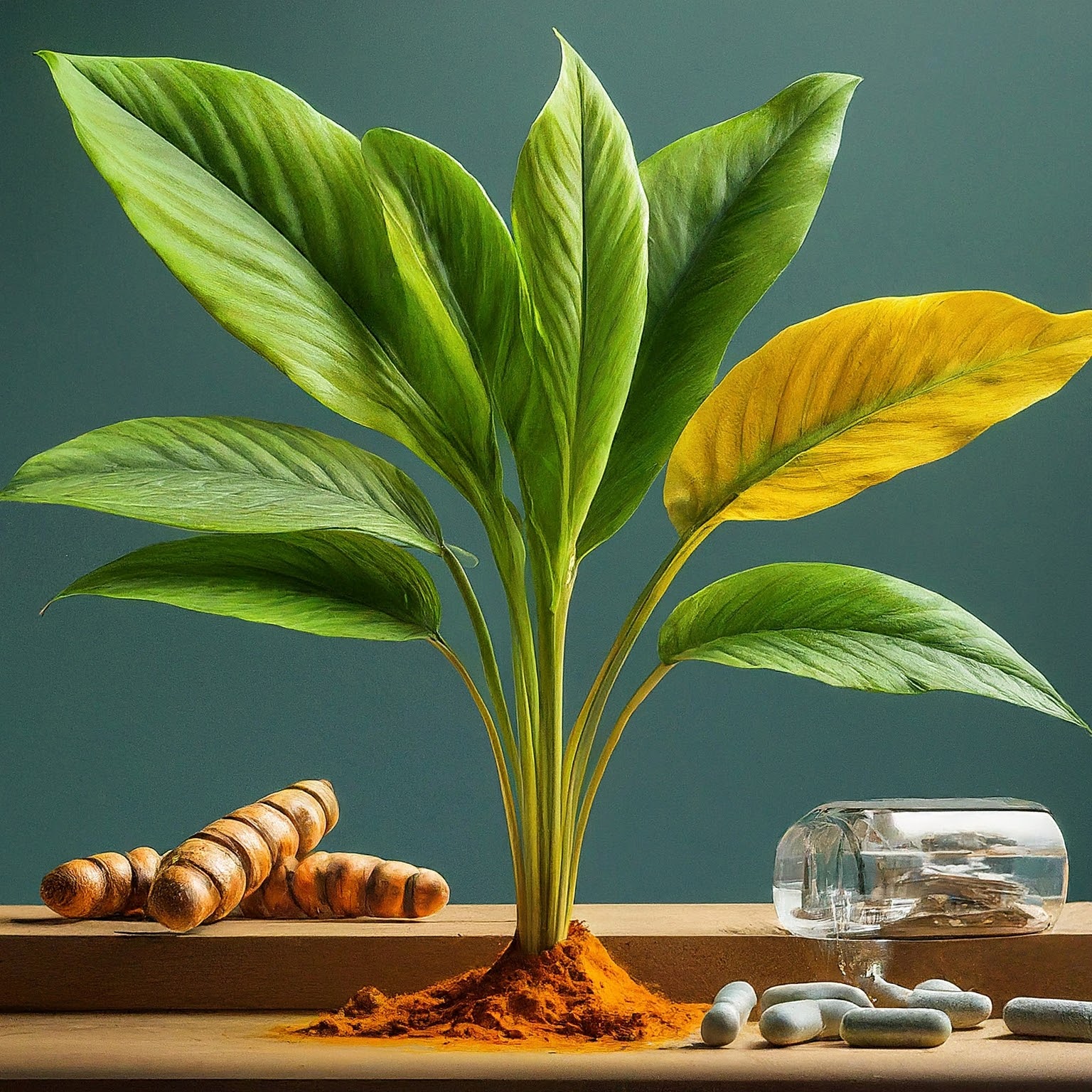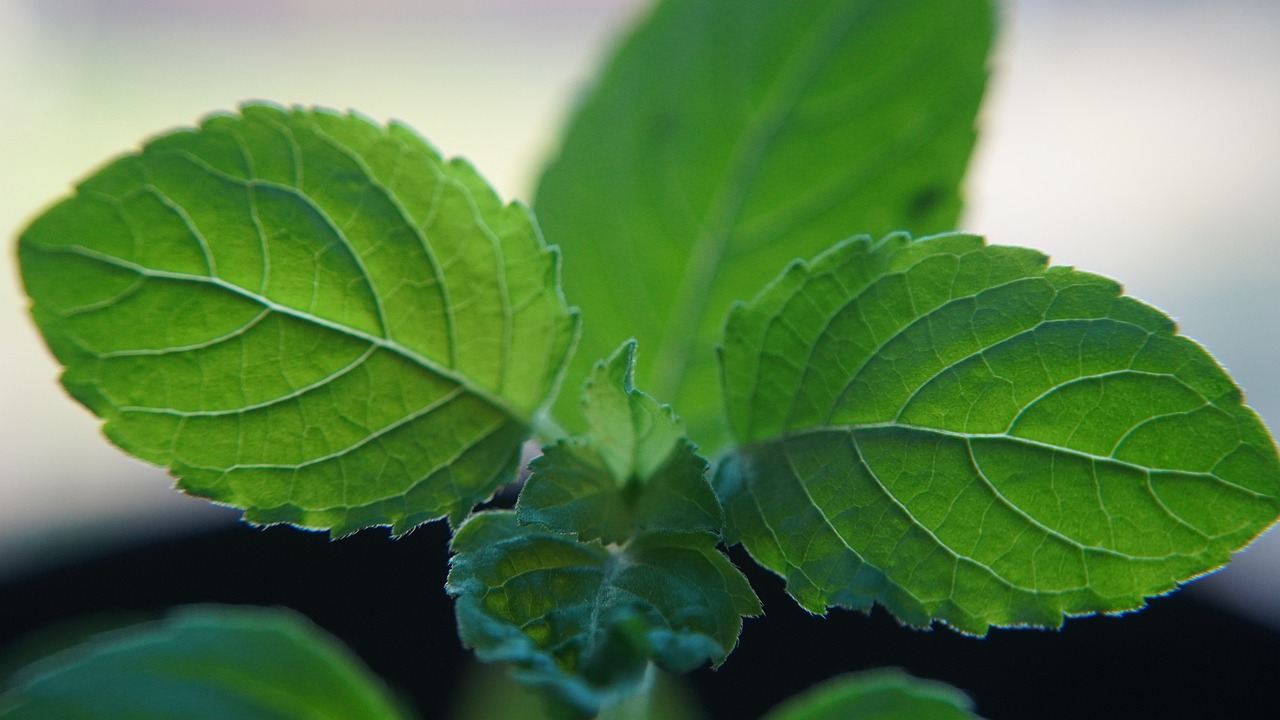Estimated Reading Time: 5 minutes English Name: Winter Cherry Availability by Location: India, North Africa, the Middle East, and parts of Europe Best Season to Plant: Late spring or early summer Other Special Instructions: Ashwagandha is a perennial plant that requires a warm climate to thrive.
Ashwagandha: An Ayurvedic Panacea
Ashwagandha, often referred to as “Indian ginseng,” is a cornerstone herb in Ayurvedic medicine. Revered for its adaptogenic properties, it helps the body manage stress and promotes overall well-being. This potent herb has been used for centuries to enhance physical and mental health.
Incorporating Ashwagandha into Your Routine
Ashwagandha Golden Milk
A comforting and nourishing beverage, this golden milk recipe infuses the benefits of ashwagandha with the anti-inflammatory properties of turmeric.
Ingredients:
- 1 cup milk (almond, coconut, or dairy)
- 1 teaspoon ashwagandha powder
- 1/2 teaspoon turmeric powder
- 1/4 teaspoon cinnamon
- A pinch of black pepper
- Honey or maple syrup to taste
Instructions:
- In a saucepan, heat the milk until warm but not boiling.
- Whisk in the ashwagandha powder, turmeric powder, cinnamon, and black pepper.
- Sweeten with honey or maple syrup to taste.
- Froth the milk if desired, using a milk frother or blender.
Ashwagandha and Honey Blend
A simple and effective way to consume ashwagandha is by mixing it with honey.
Ingredients:
- 1 teaspoon ashwagandha powder
- 1 tablespoon honey
Instructions:
- Mix the ashwagandha powder and honey thoroughly.
- Consume the mixture once or twice daily.
Precautions and Benefits
While ashwagandha is generally safe for most people, it’s essential to consult with a healthcare provider before using it if you have underlying medical conditions or are pregnant or breastfeeding.
Ashwagandha is associated with numerous health benefits, including:
- Reduced stress and anxiety
- Improved sleep quality
- Ashwagandha for Sleep
- Enhanced cognitive function
- Boosted immune system
- Increased energy levels
Cultivating Ashwagandha at Home
Ashwagandha requires a warm, sunny climate to thrive. If you live in a suitable region, consider growing your own.
- Soil Preparation: Prepare well-draining soil rich in organic matter.
- Planting: Sow seeds or plant seedlings in the late spring or early summer.
- Care: Provide regular watering, especially during dry periods. Protect the plants from frost.
- Harvesting: Harvest the roots after about one year.
Ashwagandha is a valuable herb with a rich history of use in Ayurvedic medicine. Incorporating it into your daily routine can offer numerous health benefits.
Disclaimer:
This article is for informational purposes only and should not be considered medical advice. Please consult with a healthcare professional before using / treat any medical condition.





